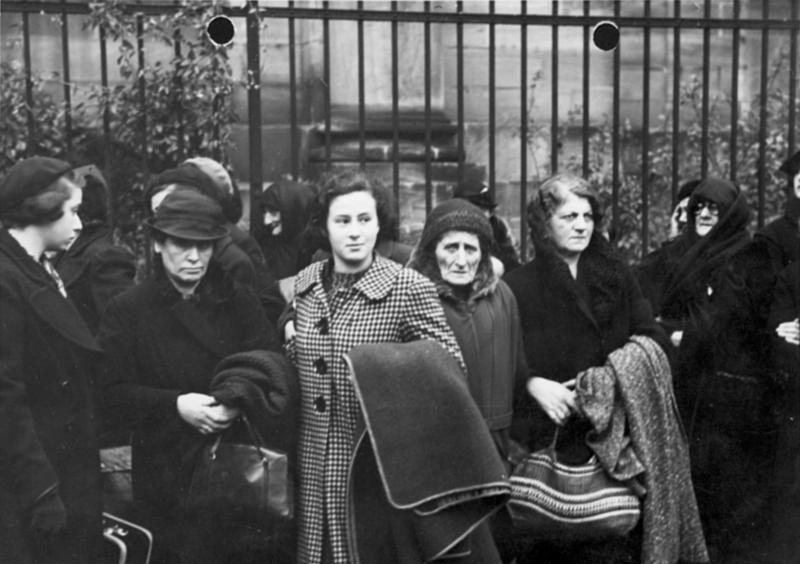The “Polenaktion” (“Polish Action”) 1938
Mediathek Sorted

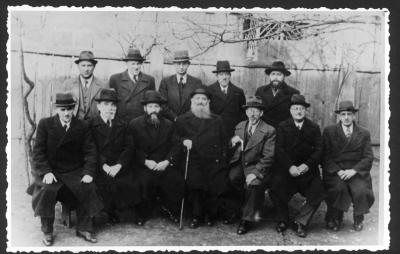
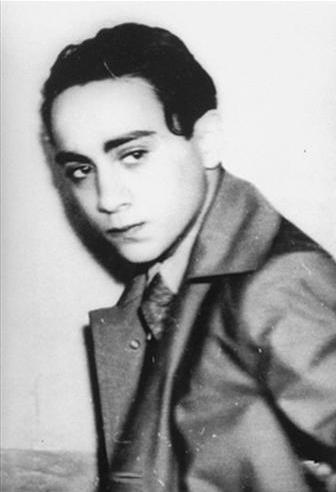





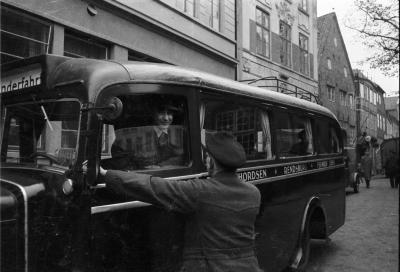
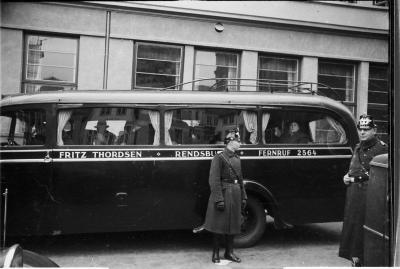
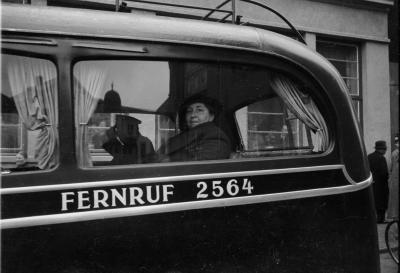






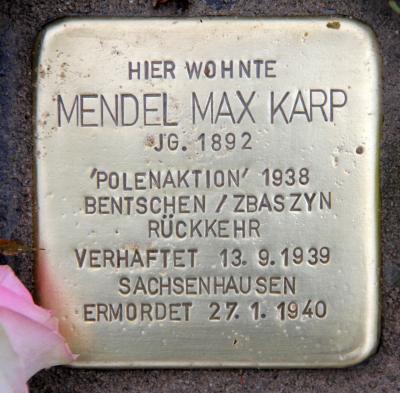
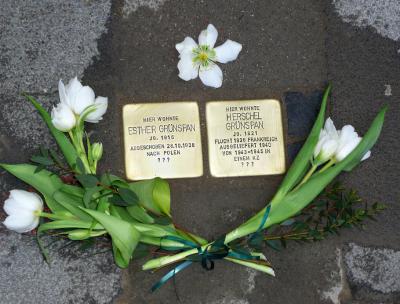


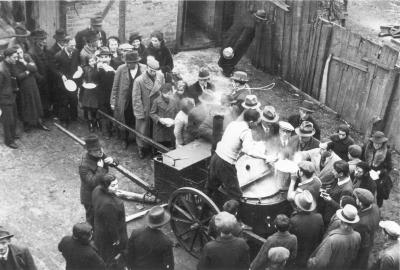




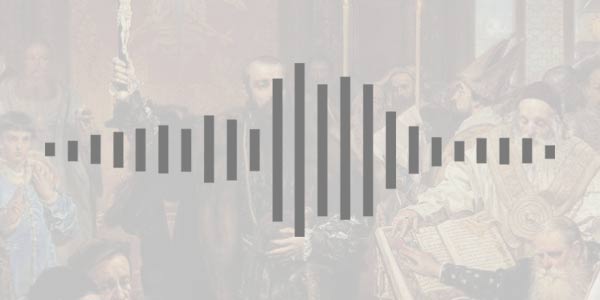
Interview mit Alina Bothe - Kuratorin der Ausstellung "Ausgewiesen!" in Berlin





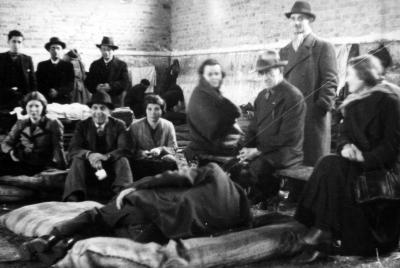
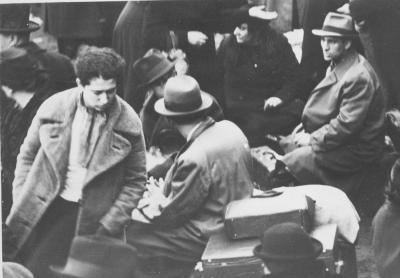
























Very soon afterwards, the Polish authorities sealed off the town and refused to allow the deportees to leave. Lists were passed around inside the camp to which people who wished to emigrate to Palestine, the US or other European countries could add their names. However, for many, this was not a possibility. Some of the children were saved by the “Kindertransporte”, trains organised and operated by the British government in the wake of the “Night of Broken Glass” (“Kristallnacht”), which enabled children and teenagers aged between four months and 17 years to be rescued. Overall, around 10,000 children from Poland, Germany, Austria and Czechoslovakia were brought to safety in Britain in this way. The young refugees were taken in by host families or in children’s homes. Many of them would never see their parents again after saying goodbye. Most of the Jews deported during the “Polenaktion” campaign were later murdered in the Holocaust.
Those who were left stranded in Zbąszyń included the parents and siblings of Herschel (Hermann) Grynszpan. They were taken from Hamburg as Polish citizens, even though they had lived in Germany for 27 years. On 3 November 1938, the 17-year-old, who was hiding from the police and who was at that time living illegally in Paris, received a postcard from his sister Berta telling him about his family’s deportation from Germany and asking for financial help. The next day, Herschel read a detailed report about the hopeless situation of the deportees in Poland in a French newspaper, and decided to commit an act of revenge in protest against the anti-Semitic policies of the Nazis. On 7 November, Grynszpan purchased a revolver and that same morning, appeared at the German Embassy in Paris. Claiming that he needed to submit some important documents, he was received by the Embassy secretary, Ernst von Rath. When he entered von Rath’s office, Grynszpan fired five shots at the diplomat, two of which caused severe abdominal injuries. Grynszpan was immediately arrested while still in the building. Despite being treated by Hitler’s personal physician, von Rath died two days later. The National Socialists used the incident as a pretext for the “Kristallnacht”, which took place across Germany on the night of 9 to 10 November. Approximately 400 Jews died during these pogroms. Several hundred more were murdered in the days that followed. During the course of that night, the Nazis destroyed or set fire to 1,400 synagogues and prayer rooms, as well as thousands of Jewish shops, apartments and gravesites. On 10 November, 30,000 Jews were arrested and taken to concentration camps.
Ultimately, the dramatic events of the “Kristallnacht” meant that the world almost forgot about the “Polenaktion” entirely. Although the first coordinated mass deportation of the Jews shocked people throughout the world, and news of the events dominated the front pages of most of the European daily newspapers, the situation quickly changed less than two weeks later. The scale of the November pogroms overshadowed everything that had happened previously. For many years now, the Fundacja TRES has been working in Poland to remind people of the “Polenaktion” and the unprecedented help offered by the Poles for the Jews who were driven from Germany. To mark the 80th anniversary of the “Polenaktion”, the descendants of the deportees visited Zbąszyń for the first time.
Monika Stefanek, February 2019
Online information about the “Polenaktion”: https://zbaszyn1938.pl/?s=szukaj&lang=EN





















































































